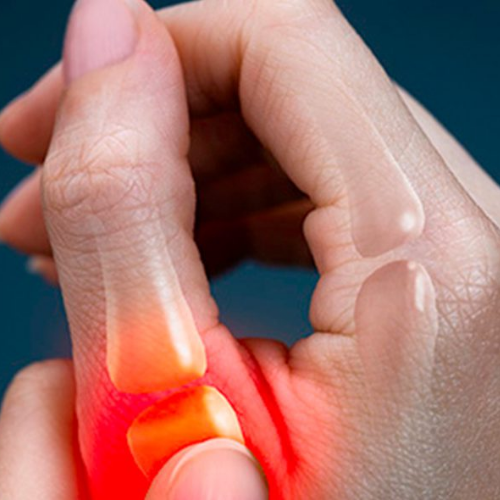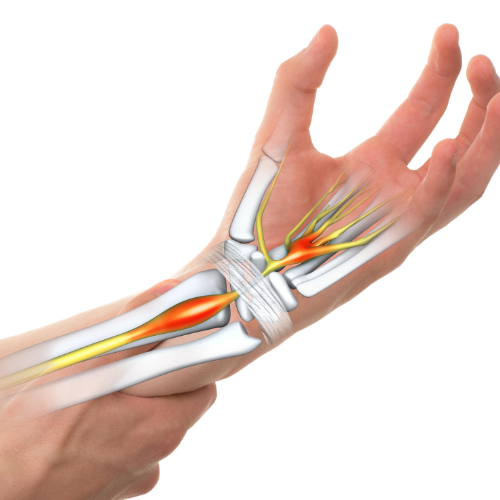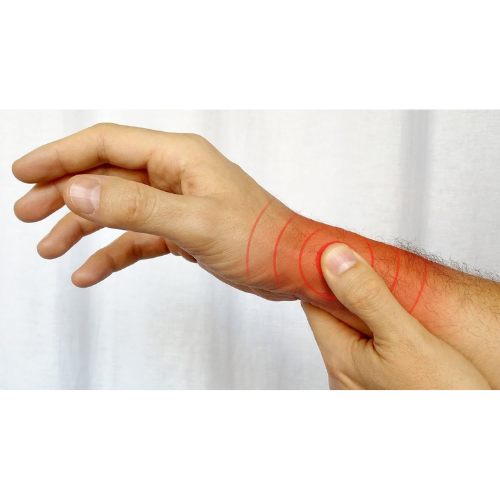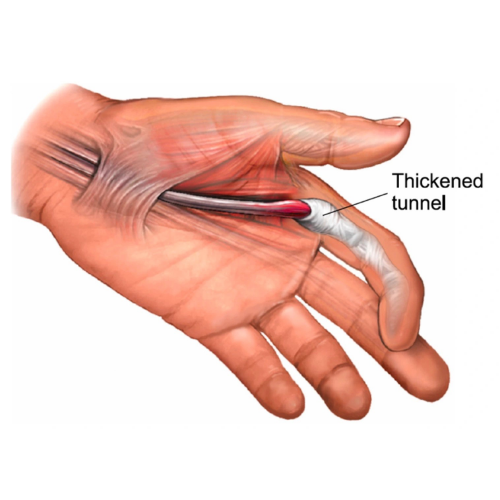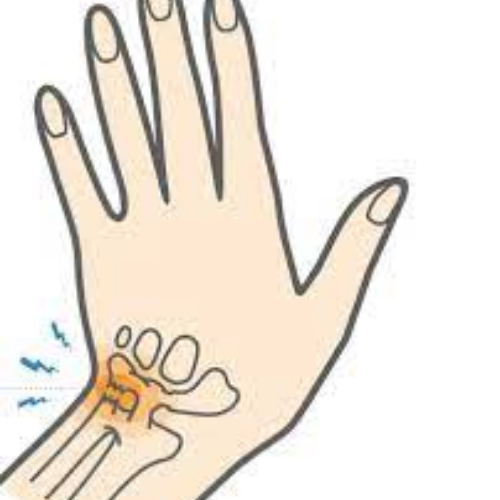Thumb osteoarthritis, also known as basal joint arthritis or thumb carpometacarpal (CMC) joint arthritis, is a degenerative joint condition that affects the base of the thumb where it meets the wrist. It is characterised by the breakdown of cartilage in the thumb CMC joint, leading to pain, stiffness, and reduced range of motion.
Causes of Thumb Osteoarthritis:
Age-related Wear and Tear: Over time, the cartilage in the thumb's CMC joint may wear down due to normal age-related changes, leading to osteoarthritis.
Joint Overuse or Repetitive Strain: Activities that involve repetitive gripping, pinching, or twisting motions, such as typing, gardening, or playing musical instruments, can contribute to the development of thumb osteoarthritis.
Trauma or Injury: Previous injuries to the thumb, such as fractures or sprains, can increase the risk of developing osteoarthritis in the CMC joint.
Genetic Factors: Certain genetic factors may predispose individuals to developing osteoarthritis, including variations in joint structure or inherited tendencies for cartilage breakdown.
Joint Instability: Conditions that cause joint instability, such as ligament laxity or thumb ligament injuries, can lead to abnormal joint mechanics and accelerate the development of osteoarthritis in the thumb.
Treatments for Thumb Osteoarthritis:
Activity Modification: Avoiding activities that exacerbate thumb pain and joint stiffness, such as repetitive gripping or heavy lifting, can help Dr. Tushar's clinic symptoms and prevent further joint degeneration.
Splinting or Bracing: Wearing a splint or brace to support the thumb's CMC joint can help stabilise the joint, reduce pain, and improve thumb function during daily activities.
Physical Therapy: Specific exercises and stretches prescribed by a physical therapist can help improve thumb strength, flexibility, and range of motion while reducing pain and stiffness associated with osteoarthritis.
Pain Management: Over-the-counter pain relievers, such as acetaminophen or nonsteroidal anti-inflammatory drugs (NSAIDs), can help thumb pain and inflammation. Injections of corticosteroids into the CMC joint may provide temporary relief of symptoms.
Regenerative therapy
PRP injections are thought to stimulate tissue repair and regeneration, reduce inflammation, and promote healing of the damaged joint. This can lead to pain relief and improved function. PRP therapy is often used as a non-surgical treatment option for thumb osteoarthritis, particularly in cases where conservative measures such as rest, physical therapy, and anti-inflammatory medications have not provided sufficient relief.
Surgical Intervention (Thumb Arthroplasty): In severe cases of thumb osteoarthritis that do not respond to conservative treatments, surgical options such as thumb arthroplasty or joint fusion may be considered to alleviate pain and restore thumb function.
Seeking evaluation and guidance from Dr. Tushar, an Pain specialist experienced in treating hand and wrist conditions, can provide personalised recommendations and treatment options based on your specific needs and medical history. Dr. Tushar can offer advanced diagnostic techniques, comprehensive treatment plans, and non-surgical interventions if necessary to effectively manage symptoms of Thumb Osteoarthritis.
